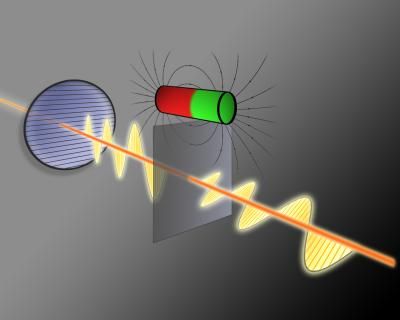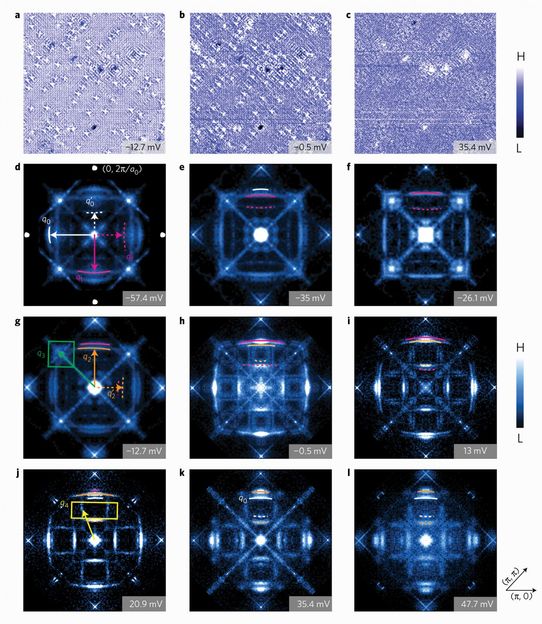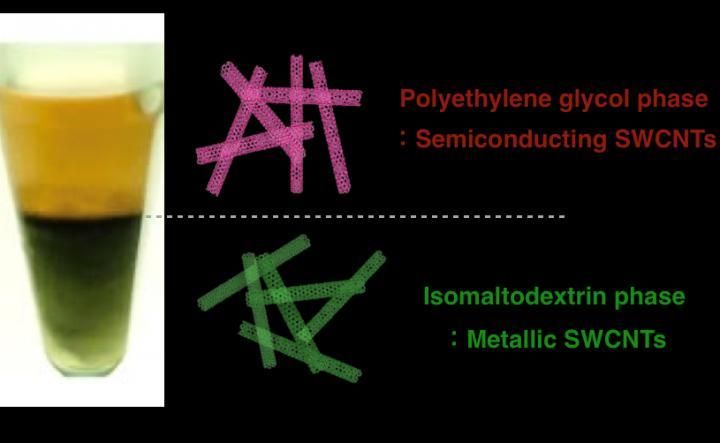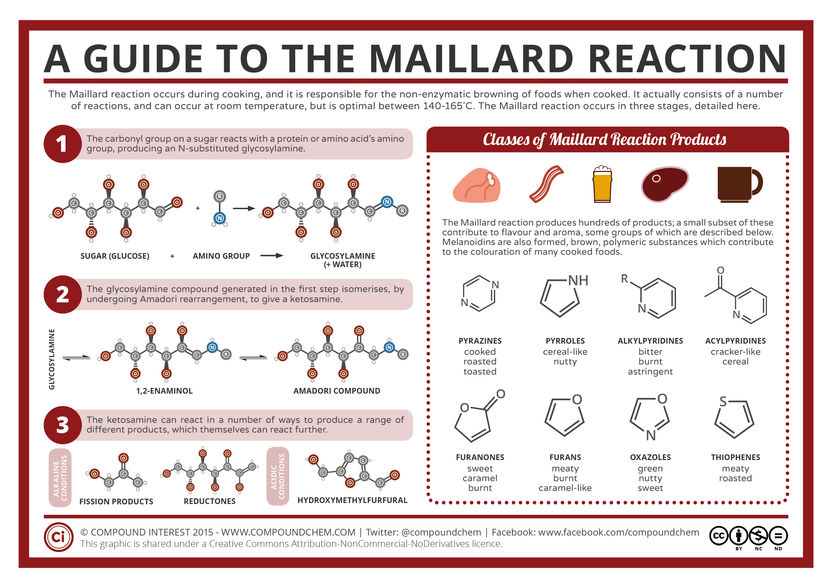The precision of solar photovoltaic power measurements doubled
An analysis carried out by JRC scientists shows that the uncertainty in measurement of power generation from a photovoltaic (PV) cell can be more than halved, thus bringing an economic benefit to both manufacturers and investors. With the annual world PV production exceeding 40 GW in 2014 and a market value of over €25bn, this is good news for customers, utilities, the production industry and future R&D efforts in the field of renewable energy.
In simple terms photovoltaic solar panels are bought and sold on the basis of their maximum power output. Manufacturers include a margin on this value to allow for small variations in manufacturing and measurement. The possibility to tighten this margin (typically few percent) brings an economic benefit to them and to investors. On the R&D side, reducing uncertainty increases the possibility to clearly identify the impact of new materials and processes. For these measurements both industry and the photovoltaics research community rely on a calibration chain ultimately traceable to the SI (Système International d'Unités) irradiance scale. For instance the JRC has traditionally calibrated its primary reference devices against the instrument group maintained at the world radiometric centre (WRC) in Davos, Switzerland.
Recent updates to the world radiometric reference values to take account of improved instrumentation prompted scientists at the JRC's European Solar Testing Installation (ESTI) labs to re-analyse the data of their five primary reference cells (highly stable crystalline silicon devices). Using a rigorous analysis of the uncertainties resulted in the more accurate assignment of calibration values. The uncertainty of 0.23% is a factor of two below that of any single method. The unique ESTI reference cell set made this possible, drawing from its 20 years of calibration history, well controlled maintenance and regular stability checks, as well as collaboration with the world leading solar reference laboratories in Japan, USA and Europe.
The results open the way to cheaper and faster calibration of secondary reference devices for industry and research to the same level or even lower uncertainty.
Original publication
Other news from the department science

Get the chemical industry in your inbox
By submitting this form you agree that LUMITOS AG will send you the newsletter(s) selected above by email. Your data will not be passed on to third parties. Your data will be stored and processed in accordance with our data protection regulations. LUMITOS may contact you by email for the purpose of advertising or market and opinion surveys. You can revoke your consent at any time without giving reasons to LUMITOS AG, Ernst-Augustin-Str. 2, 12489 Berlin, Germany or by e-mail at revoke@lumitos.com with effect for the future. In addition, each email contains a link to unsubscribe from the corresponding newsletter.
Most read news
More news from our other portals
Last viewed contents
Photochromism

TU Vienna develops light transistor
Analytik Jena AG Signs Agreement to Acquire Bruker's ICP-MS Business
Useful Alcohols: Ceresana Analyzes the World Market for Solvents

New understanding of superconductor's 'normal' state may help solve longstanding puzzle

Dietary fiber effectively purifies carbon nanotubes

Spark Award 2024: procedure for recycling rare earth metals receives award - In order to market the technology, the researchers already founded a start-up called Reecover




























































